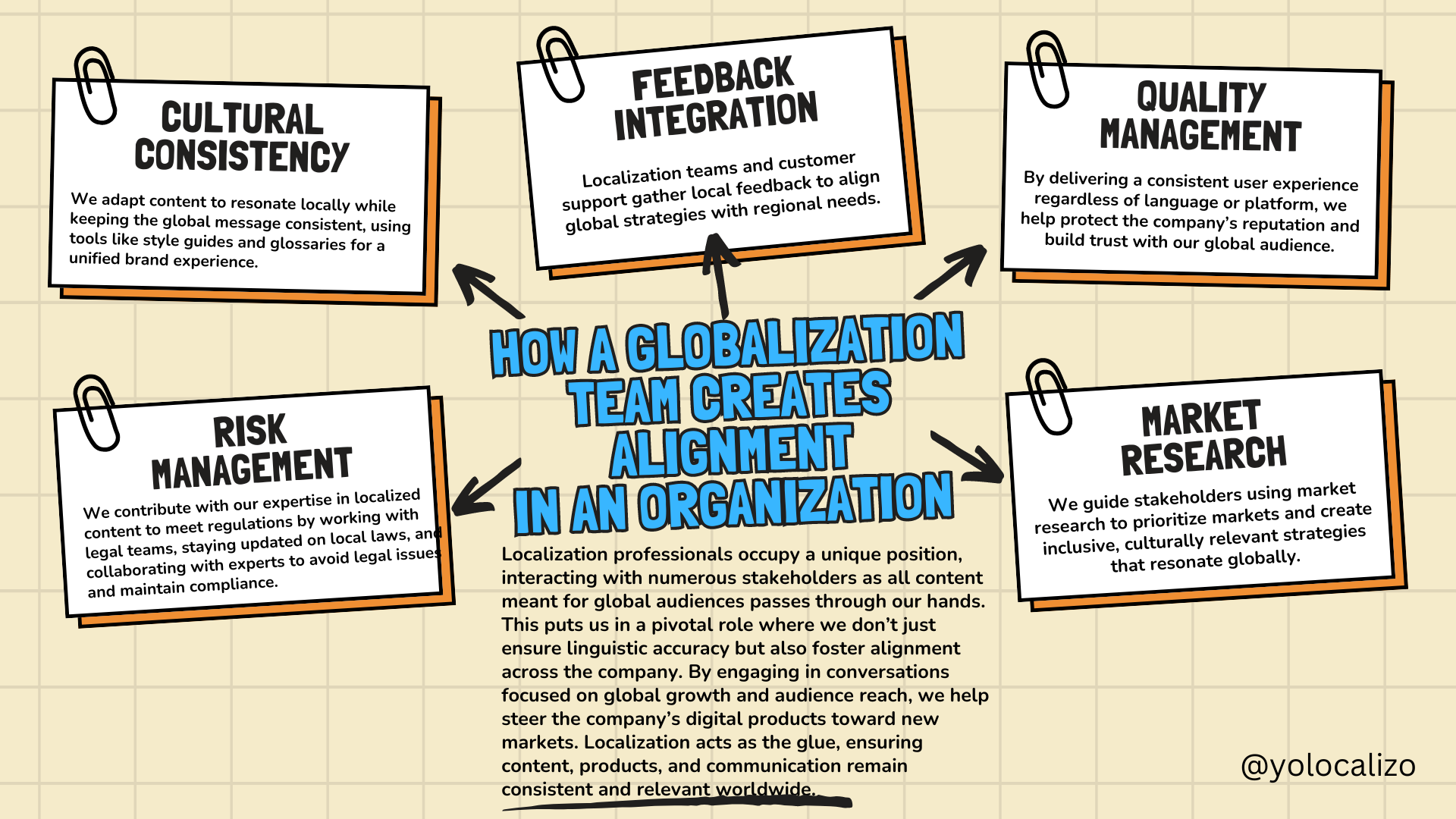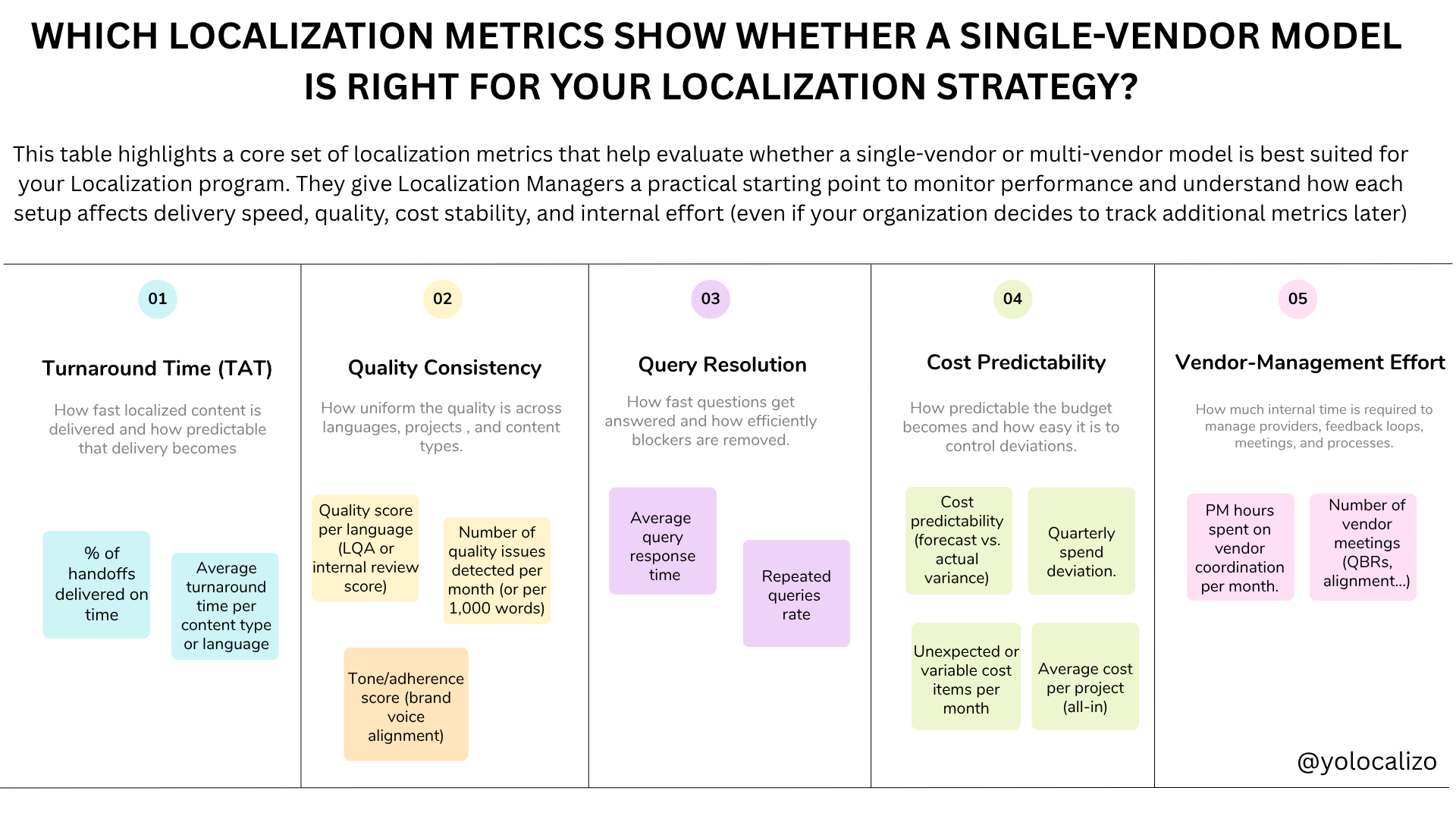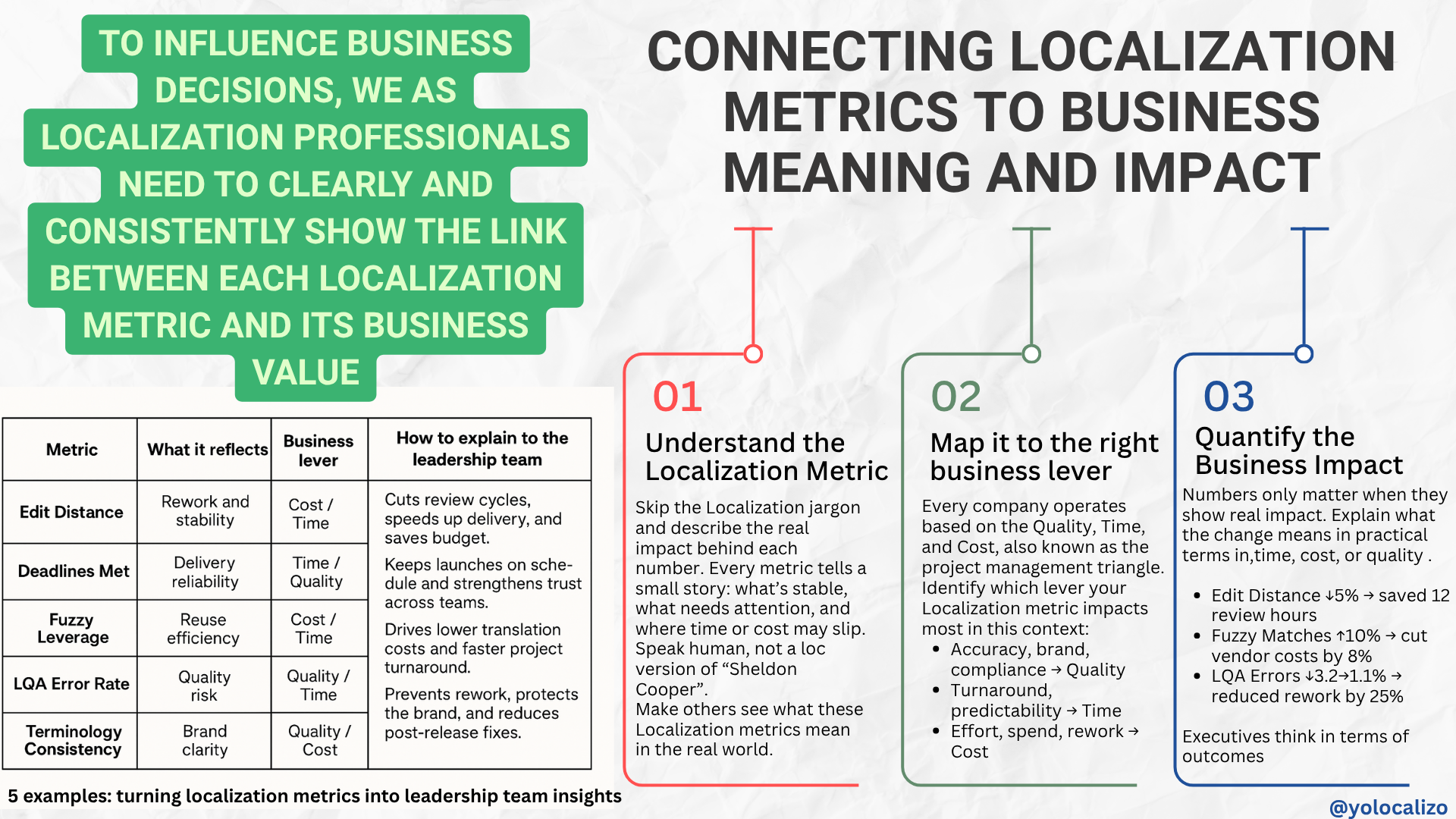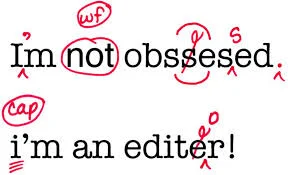Continuos Localization is not Agile .... follow up of my master class in Barcelona Videogames incubator
This week I had the pleasure of being invited to the Canòdrom in Barcelona to deliver a master class about Localization; there I met Indie Game Developers who are building their dreams of creating their first video game.
The Canòdrom is doing a splendid job. It facilitates a very inspiring workspace for young professionals who are immersed in the development of their first video game. The Canòdrom also facilitates mentoring for these professionals so they can survive the difficult task of creating THE first video game of their professional career.
There I was surrounded by this group of motivated developers talking about Localization ... for about .... 2.5 hours and .... 124 slides (124 slides? ouch! but! hey, do not hit me! I almost use no text or bullet points, following the master Seth Godin advice , I follow the philosophy of Seth Godin, and of Presentation Zen to use slides with full-resolution photos and normally no more than 5 words per slide, so 124 slides although it is true that it's a high number, in the end, they are easy to digest. It's more to create slides about transitions and give structure to the talk.
Explain to someone who has not seen Localization in his life what this industry means in 2 hours is a challenge; It is not easy to know where to start, because we have to explain that ...
- A brief history of Localization
- why Localization is important
- Localization is not Translation,
- that localization is not an afterthought,
- we have to talk about glossaries,
- translation memories
- what is a 100% match, a fuzzy match etc. etc,
- we have to talk about CAT tools, TMS, CMS...
- we have to talk about Globalization and the different disciplines such as
- internationalization, culturalization, localization and transcreation
- we have to talk about the roles in the localization industry etc etc
There are so many things that this exciting industry has to offer, that sometimes we do not realize the number of things that we must take into account.
There was Q & A, of course, there was! and among the different questions, the most interesting one seemed to me about the concept of what is really continuous localization ...
That's a fair concern, a very valid question. Sometimes continuous localization is used as a synonym of Agile Localization. And no, it's not the same; Agile Localization and Continuous Localization are two different things. In this post, I want to explain in a simple way, (I hope) what is Continuous Localization and what is Agile Localization
Continuous Localization as indicates its name is based on the idea that there may always be content ready to be released.
Characteristics of Continuos Localization - source @yolocalizo
The philosophy of continuous localization is that we don’t have to wait for one translation to be completed, before sending an update to the same content that is currently being translated.
There are three main characteristics that we can recognize in a continuous translation workflow
In Continuous Localization, continuous deployment is the reality, there’s a constant stream of updates to be made to a live release. The great benefit of continuos localization is that we can modify content without interrupting developers or localization teams.
How is this done?
The key is to place some tools totally integrated into the workflow of the product development.
An example of this is how is done by the company who actually host my blog; Squarespace!
In Squarespace, they have a tool called Idioma who is the localization engine that enables to Squarespace the possibility to provide continuous localization.
This tool is the bridge between the code repository (where the developers create the content) and the TMS (where the translation magic happens)
The process of continuous localization is pretty straightforward, only 3 steps.
1- A developer creates English keys in a branch that it requires translation
2- A Continuous localization tool takes the string and they send it to the TMS for localization
3- The translator in the TMS translates directly the different keys s/he receives
4- When the translation is done then the continuous localization tool takes the localized strings and put them in the target branch.
Source:Squarespace Continuos Localization framework
It works like magic!
A simple localization workflow goes as follows:
- Developer commits their English strings in the string bundle file within a target branch.
- Idioma automatically pulls the updates (new/updated/deleted strings) and submits them to the translation management system for translation.
- Once the translation is completed, Idioma automatically pulls the translated strings and commits them back to the target branch.
At this point, you might wonder what the main difference between Agile Localization and Continous Localization is …. Well, there’s a big difference. In Continuous Localization, the software is always ready to be released. It can be released every two days or several times per day. This is the case for example of Facebook where content is released following a continuous localization mindset.
In agile this is different, in agile the content is not always ready to be released but we need to wait until the sprint is complete before release.
“In Continuos Localization the content is always ready for a release. In Agile Localization the content is not always ready to be released; we need to wait until the sprint is completed.”
This is the way that for example I usually work when developing mobile games. We don’t release the content of a game every day but we wait and we release new content every 2 weeks or so; when there’s a new update of the game
Continuous Localization
We could say continuous delivery is a subset of the Agile approach. In continuous delivery, the product is ready for a release at any time during the development cycle.
Benefits of continuos localization
The key to the continuous localization it might sound like a cliché, but having the right tool is crucial. A tool that is seamless in our workflow will make our lives much easier. There are several tools that we might consider in continuous localization.
I have no preference one over the other, after all this post is not commercial; I do not have sponsors that "force" me to speak well of certain tools :) so I will simply limit myself to listing tools of continuous localization that are quite known in the localization industry ... and from there, it's just a question to try the one that best suited to the needs of each team
1- Mojito
2- Serge
3- Transifex
4- Smartling
5- Wordbee
There are many more, these 5 do not represent all, not at all! but I believe that any of these 5 tools can help any company to fulfill the dream of continuous localization ... and of course, the first 2, Mojito and Serge can help the indie game developers that went to my masterclass because they are free. Something extremely important when creating the first game. Being free does not equal being bad as these tools are used in important companies such as Evernote or Box.
It was a beautiful evening, seeing so much excitement and hope in the same room it's very energizing, very inspiring for me ... sometimes I forget how complicated the first steps are in this world of Localization. There are different concepts not easy to understand at first.
As for example which are the differences between continuous localization and Agile localization. I hope that by now at the end of the post I have helped to understand what these 2 concepts are.
Good luck to all the Indie Game developers who are in the Barcelona incubator! I wish you the best and that your first game has the repercussion that you are looking for. Cheer up!
Have a nice week!
@yolocalizo


























This feels like a pivotal moment. Localization teams are being asked to support more markets, move faster, use AI responsibly, and show impact, not just output. Expectations are higher than ever, but many teams are still trained mainly for execution. We are strong at delivering localization work, yet we often struggle to move from output to outcome and to clearly explain the impact of what we do.